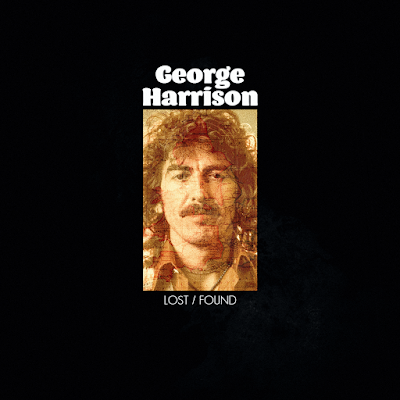The death of bandmate and close friend John Lennon and the following dissolution of the Beatles hit Paul McCartney hard. By then, he had become the de facto leader of the group, always having the most of his songs on their records and guiding the group through the turbulent 70's. The fact that he had to give that all up hit him like a brick. He quickly became depressed, secluding himself inside his Scotland home with his wife and kids. But he would never stop making music. Indirectly influenced by the growing new wave and synth-pop artists that were becoming popular, McCartney began to play with synthesizers, hoping to make a new album out of his experiments. He had experimented with the same idea during the creation of Rockestra, but now McCartney wanted an entire cohesive product using the new technology. Unfortunately, this project would never come to be, or at least the majority of it. Always moving and always changing, McCartney would soon turn tail to a different more ambitious idea of his; a full-blown concept album.
The origins of Arnie Pupe go back to the Look Back in Anger sessions, even when John Lennon was still alive. In fact, McCartney stated in later interviews that had Lennon not died and the Beatles never broken up, the Arnie Pupe concept would've probably become their next project. Not letting his idea he thought genius go to waste, he got to work on a brand new batch of songs that he hoped would be cohesive enough to sequence into a story. He brought in his wife Linda on keyboards and his former Wings and Beatles bandmate Denny Laine on guitars (with a smattering of other session musicians) to help with his ambition, and brought back Beatles producer George Martin to produce. But as the sessions progressed, it became clear how flimsy McCartney's story was. The story revolved around a loner named Arnie who considered himself the world's most average person. The idea was that, throughout the album, he would find a sense of adventure and eventually love. But the songs didn't always reflect that lyrically. But the songs were damn good, so no one was bothered too much. The tracklist was tweaked multiple times until all parties were content with the tracks and its sequencing. George Martin convinced McCartney to add "Coming Up" to the tracklist, even though it didn't really fit the concept, because he thought it could be a hit.
While McCartney was the first Beatle to begin recording an album after the Beatles' dissolution, he was the second to release one, after David Bowie's Silhouettes and Shadows, with Arnie Pupe releasing on March 29, 1982 to mixed to positive reviews from critics. Critics pointed out that the "concept" was barely a concept with the story feeling jumbled throughout. But they praised the album's songwriting and production calling it a jumpstart for McCartney's solo career.
Tracks are sourced from Pipes of Peace, Tug of War, London Town and Back to the Egg. "Introduction" is "A Beginning" sourced from the Beatles' Anthology 3, "Ebony and Ivory" is the solo version found on the Archive Collection of Tug of War and "My Secret Friend" is the single edit found on The 7" Singles.
 |
| Back cover |





